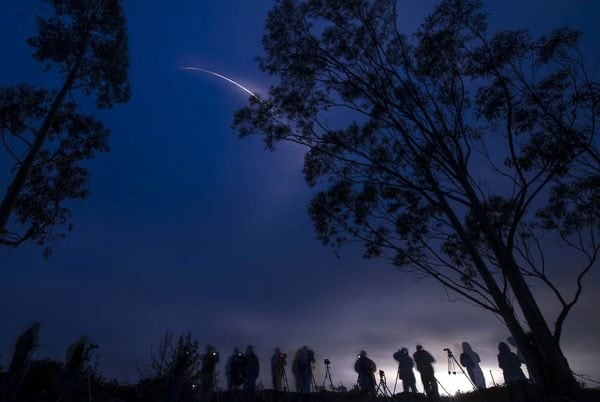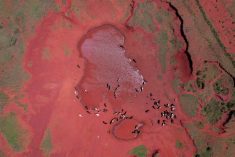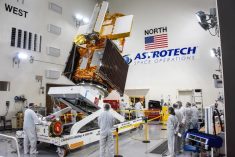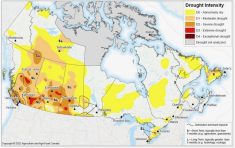Reuters — An unmanned Delta 2 rocket was launched Saturday to put a NASA satellite into orbit that is expected to improve drought monitoring and flooding forecasts.
The 39-metre rocket, built and flown by United Launch Alliance, lifted off from Vandenberg Air Force Base in California at 6:22 a.m. PT, the U.S. National Aeronautics and Space Administration said Saturday.
Launch originally was planned for Thursday but was delayed 24 hours due to high winds, NASA said.
United Launch Alliance, a partnership of Lockheed Martin and Boeing, postponed the flight for one more day so that technicians could repair insulation on the rocket that had become detached during Thursday’s launch attempt.
Read Also

Senft to step down as CEO of Seeds Canada
Barry Senft, the founding CEO of the five-year-old Seeds Canada organization is stepping down as of January 2026.
Perched on top of the rocket is NASA’s Soil Moisture Active Passive observatory (SMAP), which is to spend at least three years making precise high-resolution measurements of the amount of water in Earth’s topsoil.
Soil moisture accounts for less than one per cent of the planet’s total water reservoir, with 97 per cent in the Earth’s oceans and nearly all of the rest locked in ice, said SMAP lead scientist Dara Entekhabi of the Massachusetts Institute of Technology.
But the tiny amount of soil moisture links the planet’s overall environmental systems and its water, energy and carbon cycles, and determines whether particular regions are hit by drought or flooding.
“It’s the metabolism of the system,” Entekhabi said during a prelaunch news conference.
Currently, scientists rely largely on computer models to account for soil moisture. SMAP is designed to provide hard numbers of the amount of water in the soil and to do so worldwide, every two to three days.
The observatory’s instruments aren’t going to be turned on until 11 days after launch, in keeping with the mission’s timeline, NASA said Saturday.
SMAP project manager Kent Kellogg reported at a post-launch press conference that the SMAP spacecraft is in “excellent health.”
The launch, 950-kg spacecraft and three years of operations are costing NASA US$916 million.
— Irene Klotz is a science and aerospace writer reporting for Reuters from Cape Canaveral, Fla. Includes files from AGCanada.com Network staff.




















